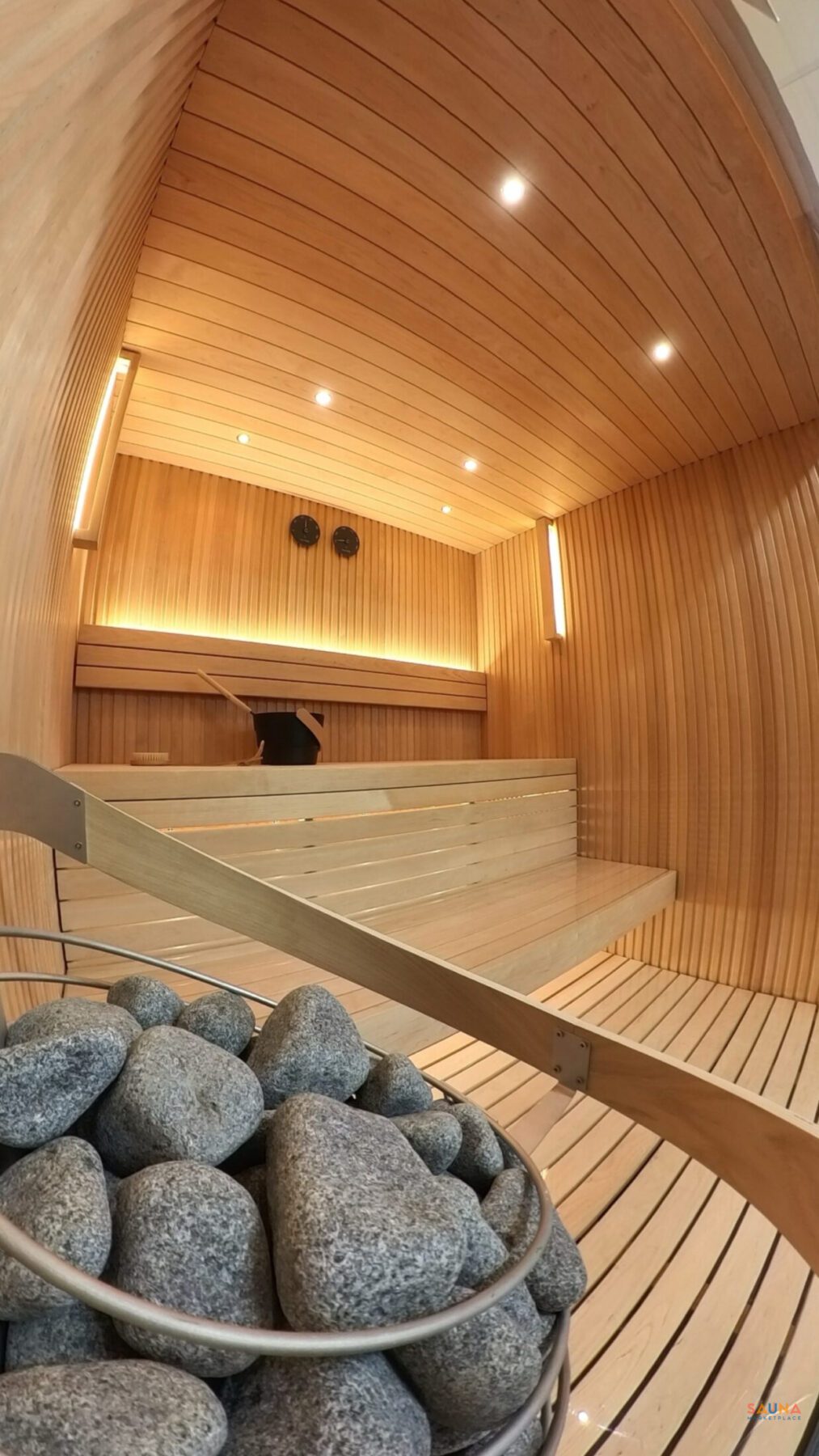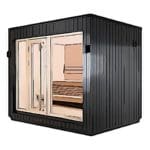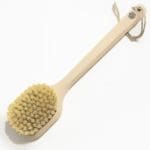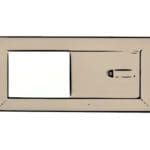Buy a Sauna with your HSA/FSA Card


Streamlined HSA/FSA Payments with Flex
Using your HSA or FSA card to buy a sauna is easy! Just add your products to the cart like you normally would. At checkout, pick "Invoice Me" as your payment method and write 'FLEX" in the order notes. We'll email you a link to qualify you, then to check out with your HSA/FSA card.
No card on hand? No problem! Use your credit card, and Flex will send you an itemized receipt to submit for reimbursement.
How It Works
After selecting 'Invoice Me' with Flex, you'll be sent a link to confirm eligibility and pay with your HSA/FSA card.

Step 1: Confirm Eligibility
Simply fill out an eligibility form right to confirm you qualify to pay with HSA/FSA.

Step 2: Pay With HSA/FSA Card
Enter your HSA/FSA card details and complete their checkout.

Step 3: Receive LOMN
Consumers receive their Letter of Medical Necessity via email along with an itemized receipt for their records.
FAQ
An FSA (Flexible Spending Account) and an HSA (Health Savings Account) are both tax-advantaged accounts designed to cover medical expenses, but they have some key differences. FSAs are employer-sponsored accounts that let you use pre-tax dollars for things like prescriptions and copays. However, they often come with a “use-it-or-lose-it” rule, meaning you need to spend the funds within the plan year. On the other hand, HSAs are available to those with high-deductible health plans and offer more flexibility—your funds can roll over year after year.
Yes, eligible customers receive their Letter of Medical Necessity via email along with an itemized receipt for their records.
Let's Get This Right!
Our Friendly Sauna Experts put your unique space and preferences first.
Guided Virtual Tours.
Zero surprises, a smooth installation, and a sauna that exceeds your expectations in every way.
That's our goal, and it starts with a guided virtual tour where you can experience over 30 saunas and have your questions answered by a pro.

*Even if you're just at the beginning or dreaming stages of planning a home sauna, we'd love to chat.
*Have a question we can answer now? Click the chat box below or call/text (844) 565-1113


 Prebuilt
Prebuilt Sauna Brushes
Sauna Brushes Vents
Vents